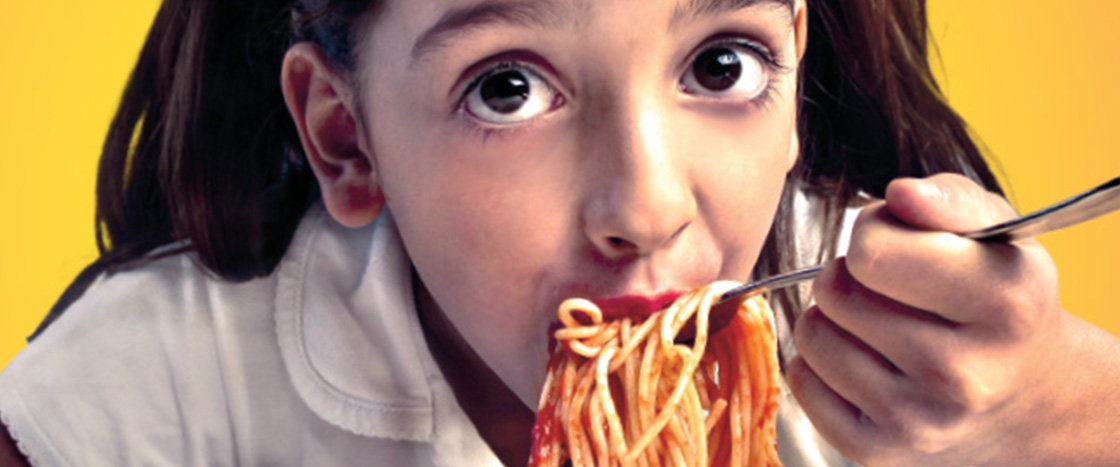From spiral swirls to long spaghetti strands, there are about 350 different shapes of pasta. All have their uses in different recipes. But does one noodle stand above the rest?
That was a question asked by Dan Pashman. He hosts a food podcast called The Sporkful. In 2018, he began thinking about how noodle shapes affect the way people enjoy different pasta dishes. Some pastas hold sauces well. Others are satisfying to bite into or easy to eat with a fork. “Most pastas do one of these things well,” says Pashman.
But could one pasta do all of these things? To find out, Pashman began a search he called “Mission: ImPASTAble.”
There are about 350 different types of pasta. Noodles come in every shape, from swirls to long strands. All have their uses in different recipes. But does one noodle stand above the rest?
That was a question Dan Pashman asked. He hosts a food podcast called The Sporkful. He began thinking about noodle shapes in 2018. He wondered if pasta shape affected the way people enjoy different dishes. Some pastas hold sauces well. Others are pleasing to bite. Some are easy to eat with a fork. “Most pastas do one of these things well,” says Pashman.
But could one pasta do all of these things? Pashman began a search he called “Mission: ImPASTAble” to find out.

